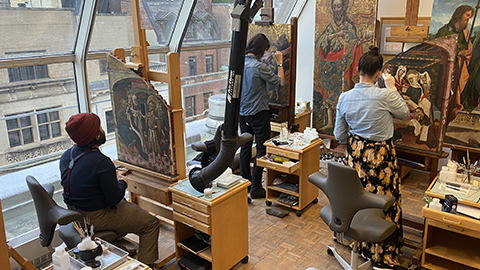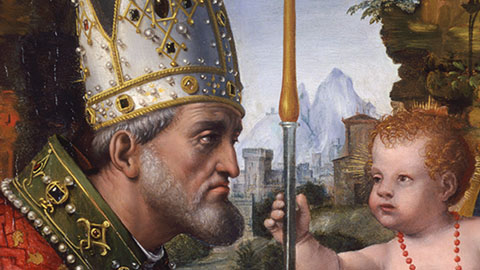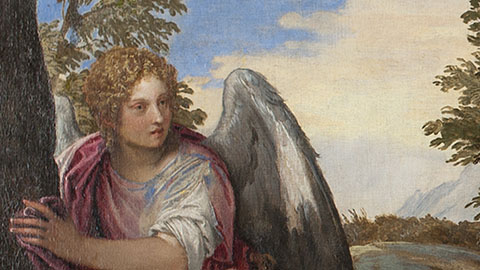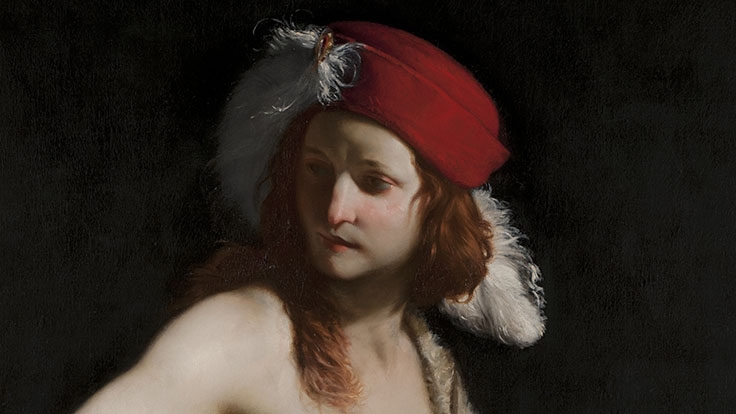The Treatment and Technical Study of a Painted Crucifixion by Lorenzo di Bicci
by Kristin Robinson
Annual ANAGPIC Conference, April 14-16, 2011, hosted by the Winterthur/University of Delaware Program in Art Conservation
Abstract
The technical examination of a gold ground Crucifixion from the workshop of Lorenzo di Bicci brings into focus several aspects and problems surrounding the study of workshop practice in Florence during the late trecento and early quattrocento. The examination of the panel before and after the removal of discolored varnish and overpaint revealed several interesting features. The cross, which had been repainted brown, was originally bright blue, prompting further research into the history, origin, and examples of blue crosses during this period. The painting technique of the angels appears different from the Christ figure, allowing insight to the division of labor within the workshop, and along with the inscription, possibly implies the employment of manuscript illuminator. The deciphering and reconstruction of the nearly illegible inscription reveals the absence of two words, which, in conjunction with the configuration of the joins, allows us to hypothesize about the original size, shape, and function of the tondo. This study also deals with the construction and original appearance of this Crucifixion, in the context of the creation and subsequent dismemberment of complex altarpieces, and the making and meaning of religious panel paintings, specifically tondos, in Florence during this period.






